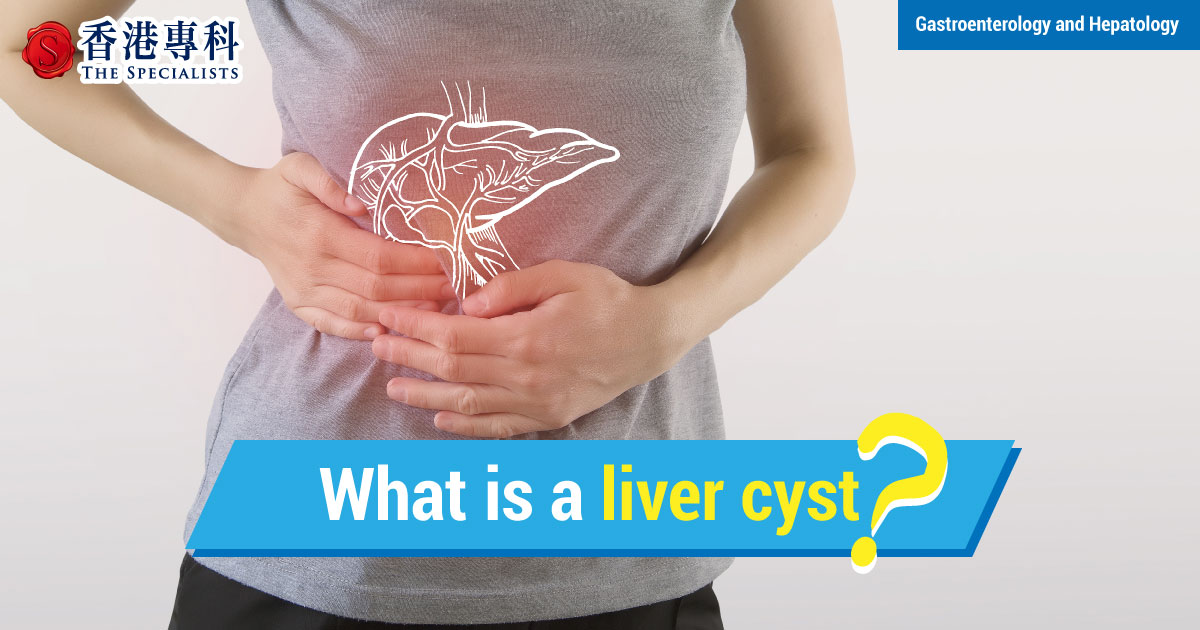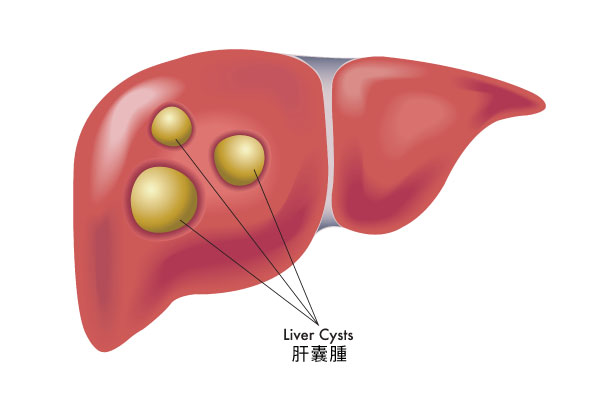What is a liver cyst?

Liver cysts are fluid-filled sacs that form in the liver. They are usually noncancerous (benign) and generally don’t require treatment unless symptoms develop. Some people have a single cyst. Others may develop a condition called polycystic liver disease (PLD).

Symptoms
A small liver cyst doesn’t usually cause symptoms, it can go undiagnosed for years. It isn’t until the cyst enlarges that some people experience pain and other discomfort. As the cyst becomes bigger, symptoms might include abdominal bloating, pain in the upper abdomen, jaundice, indigestion, uncontrolled vomiting, etc.
Causes of liver cyst
Some people are born with liver cysts, whereas others don’t develop cysts until they’re much older. In the case of PLD, this disease can be inherited when there’s a family history of the condition. There’s also a link between liver cysts and a parasite called echinococcus. This parasite is found in areas where cattle and sheep live. You can become infected if you ingest contaminated food. The parasite can cause the development of cysts in different parts of the body, including the liver.
Diagnosis
Patient may likely undergo an ultrasound or a CT scan of the abdomen. Blood test is another option to look for the suspected parasitic infection.
Complications
If the liver cyst is infected and ruptured, patient may have a fever and other infection symptoms. If it is caused by parasitic infection, patient may also experience haemoptysis and itchy skin. Patients with symptoms require immediate treatment.
Treatment
Your doctor may choose not to treat a small cyst, instead suggesting a wait-and-see approach. If the cyst becomes larger and causes pain or bleeding, your doctor may discuss treatment options at that time. One treatment option involves inserting a needle into your abdomen and surgically draining fluid from the cyst. Another option is to surgically remove the entire cyst.
*The above information is for reference only, please consult your doctor for detail.

 3405 8288
3405 8288
